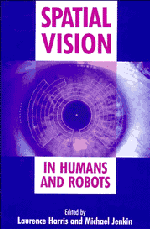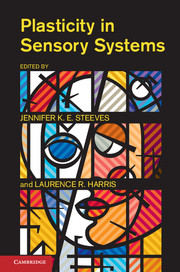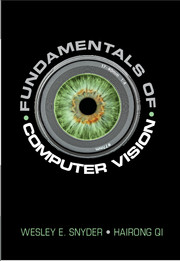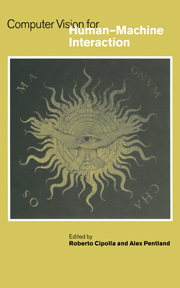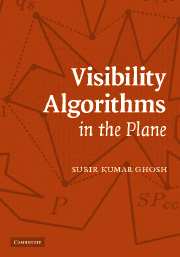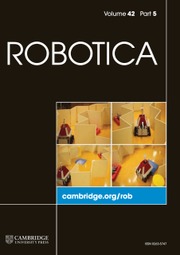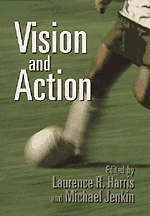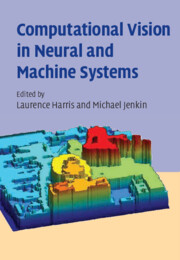Spatial Vision in Humans and Robots
Spatial vision is that field of science that deals with the problem of inferring the structure of the world from vision. This problem can be divided into many separate tasks, such as extracting information about three-dimensional objects, or object recognition. This book is a collection of invited papers presented at the 1991 York Conference on Spatial Vision in Humans and Robots. From computational models to explicit biological models of spatial processing, to neural networks, these papers bring together the biological and computational aspects of spatial image processing in a unique way. The book provides a snapshot of the state of the art in the understanding of spatial vision.
- Interdisciplinary: computer science, AI, biophysics, anatomy and physiology
- Covers state-of-the-art research in this subject
Reviews & endorsements
"...a useful reference of essays." The Canadian Journal of Neurological Sciences
Product details
January 1994Hardback
9780521430715
470 pages
255 × 180 × 31 mm
0.997kg
Unavailable - out of print October 2007
Table of Contents
- 1. Spatial vision in humans and robots L. Harris and M. Jenkin
- 2. Spatial vision models: problems and successes S. A. Klein
- 3. On cytochrome oxidase blobs in visual cortex J. Allman and S . W. Zucker
- 4. Linear subspace methods for recovering translational direction A. D. Jepson and D. J. Heeger
- 5. Demodulation and texture vision J. Daugman and C. Downing
- 6. What makes a good feature? A. D. Jepson and W. Richards
- 7. Hand-printed digit recognition using deformable models C. Williams, M. Revow and G. Hinton
- 8. The role of colour in spatial vision K. K. De Valois and F. L. Kooi
- 9. Nonlinear processes in pattern discrimination and motion perception H. R. Wilson
- 10. Will robots see? S. A. Klein
- 11. 3D object recognition and matching: on a result of Basri and Ullman T. Poggio
- 12. Surface interpolation networks A. P. Pentland
- 13. Uncertainty models for 2.5D and 3D surfaces R. Szeliski
- 14. An orientation based representation for contour analysis D. Walters, K. Ganapathy and F. Van Huet
- 15. Detection and discrimination of motion-defined and luminance-defined two-dimensional form D. Regan
- 16. An inhibitory beam for attentional selection J. K. Tsotsos
- 17. Bayesian models, deformable templates, and competitive priors A. L.Yuille and J. J. Clark
- 18. Cycloversion, cyclovergence and perceived slant I. P. Howard
- 19. Model of visual motion sensing D. J. Heeger and E. P. Simoncelli
- 20. Some recent findings in early vision and focal attention B. Julesz.

